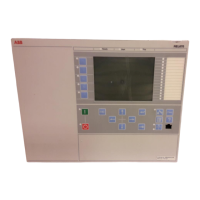Table 24: Verifying quadrilateral characteristic
Test points X R
P1 0
RFFwZx
P2 0.8 ·
ZxFwd
· sin
(ImpCharAng)
0.8 ·
ZxFwd
· cos
(ImpCharAng)
+
RFFwZx
P3
ZxFwd
· sin
(ImpCharAng) ZxFwd
· cos
(ImpCharAng)
+ 0.8 ·
RFFwZx
P4
ZxFwd
· sin
(ImpCharAng)
–0.8 ·
RFRevZx
P5 0.8 ·
ZxFwd
· sin
(ImpCharAng)
–
RFRevZx
P6 0 –
RFRevZx
P7 –0.8 ·
ZxRev
· sin
(ImpCharAng)
–0.8 ·
ZxRev
· cos
(ImpCharAng)
–
RFRevZx
P8 –
ZxRev
· sin
(ImpCharAng)
–
ZxRev
· cos
(ImpCharAng)
– 0.8 ·
RFRevZx
P9 –
ZxRev
· sin
(ImpCharAng)
0.8 ·
RFFwZx
P10 –0.8 ·
ZxRev
· sin
(ImpCharAng) RFFwZx
Find the following from Table 24:
IECEQUATION217 V2 EN-US (Equation 1)
IECEQUATION218 V1 EN-US (Equation 2)
Then inject relevant voltage and current in such a way that above impedance value
is measured by the ZGTPDIS function.
1. Change the magnitude and angle of the phase-to-phase voltage to achieve
impedances at test points P1, P2.....,P10.
2. For each test points, check that the output signals START and STZx (where, x
is 1- 3 depending on the zone selected) are activated.
3. Signals TRIP and TRZx will be activated after operate time delay tZx for the
respective zone has elapsed.
10.4.4.2 Completing the test
GUID-93110921-550A-441F-A36F-901488CC41BB v3
Continue to test another function or end the test by changing the TestMode setting
to Off. Restore connections and settings to their original values, if they were
changed for testing purposes.
Section 10 1MRK 506 377-UEN C
Testing functionality by secondary injection
104 Railway application RER670 2.2 IEC
Commissioning manual

